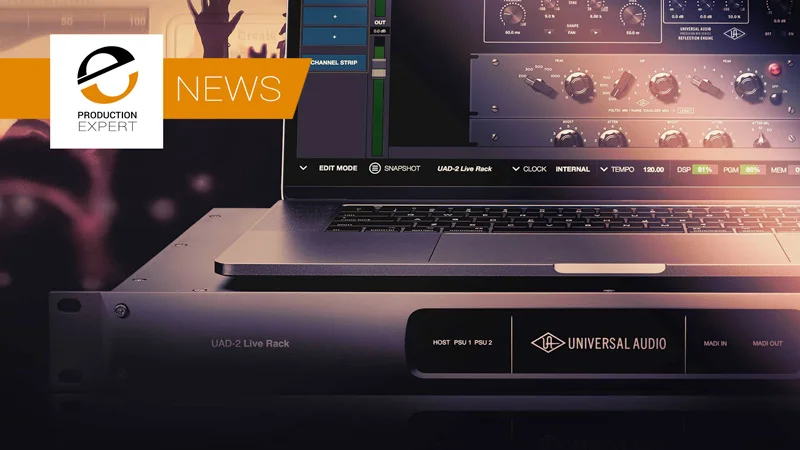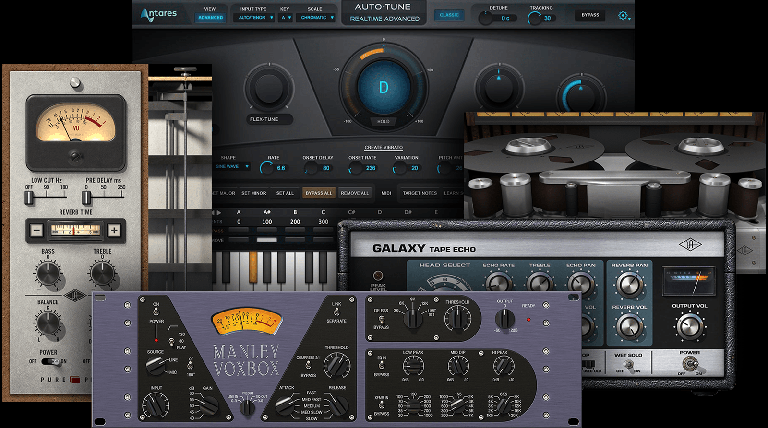


For example, when you track via one of the Unison-enabled plug-in emulations of, say, a preamp or guitar amp, the analogue input stage of the Arrow switches its impedance and gain-staging to replicate the behaviour of the modelled device based on component-level analysis of the original hardware. Arrow’s two Unison-enabled mic preamps have the ability to reconfigure their analogue signal path according to the plug-in being used. But in reality the delay when using Realtime UAD Processing is so small that for all practical purposes it can be considered as being zero latency - typically below three milliseconds at a 96kHz sample rate and maybe twice that at 44.1kHz.Īnother major feature that Apollo brings to the Arrow is Unison, which really is quite a big deal and is unique to UA. Of course there is no such thing as zero latency, as it takes maybe the best part of a millisecond for the A-to-D and D-to-A converters to do their thing, and even the slickest coding can’t stop the various plug-ins and the control Console software adding a further tiny delay of their own. Furthermore, it includes the Apollo’s ability to run plug-ins with Realtime UAD Processing, courtesy of its Console software, which means you can record through the plug-ins, or use them for monitoring purposes without incurring the usual latency issues encountered when using DAW-hosted plug-ins. The Universal Audio Arrow, compatible with macOS and Windows, builds on the technology already used in the Apollo range of products to combine a bus-powered audio interface with the ability to run any UAD DSP-hosted plug-ins using its onboard SHARC-based UAD2 Solo Core engine.

The Arrow offers two-channel recording and UA’s celebrated plug-ins, all at the end of a Thunderbolt 3 connector.


 0 kommentar(er)
0 kommentar(er)
